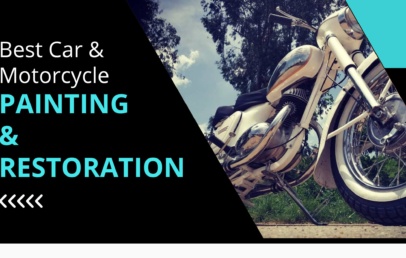
New vehicle owners often confuse the two. In this post, we’re going to talk about the differences between Paint Protection Film and Lamination. First off, they’re two very different products. After reading this post, you’ll have a better idea about the products and which one is the better option for you.
At ReflectOn a Paint Protection Film must be a TPU (Thermoplastic polyurethane) film that has hydrophobic and self-healing properties to qualify as a Paint protection film.
Which is better for protecting the paint?
As the name suggests, Paint Protection Film is better at protecting the paint, let’s talk about why. Lamination is usually made from cheaper plastic films that aren’t very thick or flexible. A good quality PPF on the other hand is made of TPU, which is thicker and offers better flexibility. The thickness and flexibility offer better protection against scratches to a higher degree. This makes PPF the better option when it comes to protecting the paint.
Better finish after application
A high-quality Paint Protection Film is very flexible and offers very high elasticity. This makes it ideal to be applied on all kinds of surfaces. On the other hand, lamination doesn’t have much elasticity. This limits its application, as more elasticity is required for the material to be applied on curved surfaces. As PPF has more elasticity, it enables it to be applied on curved surfaces, which results in a smooth finish with fewer overall cuts.
Which is the better long-term solution?
We’ve seen cases where lamination starts developing cracks and bubbles after a couple of months. As lamination is made from cheap plastics, it becomes brittle over time and ends up forming cracks. Lamination also starts turning yellow or brown when it is exposed to heat and UV rays for a long time. Paint Protection films although don’t crack, some PPFs do tend to turn a bit yellow after a couple of years. This isn’t a concern for darker cars, but cars with lighter colors need to consider going with higher quality PPFs.
Paint Protection Films also have some other benefits which make them ideal as a long-term solution. Paint Protection Films have self-healing properties, that can heal micro-swirls and light scratches. This ensures that your car is swirl-free. PPF is also hydrophobic, this helps you in maintaining your vehicle. Water just beads off the surface making it easier to clean.
Is Lamination damaging to the Paint?
Yes, we have seen one too many cases of lamination damaging the paint. When exposed to constant heat, lamination melts and becomes part of the paint. And as it develops cracks and chips, it tends to pull part of the paint with it. Some laminations use low-quality glue that accelerates paint fading. Being made of higher-quality materials, PPFs offered at ReflectOn don’t have these problems.
Which one offers the better value?
PPF offers better value when you are looking for swirl and scratch prevention. If you don’t have the budget for a paint protection film, you’re better off getting a coating on the paint rather than lamination. You can learn more about coatings here. Although a coating doesn’t help in preventing scratches, it is much better when it comes to keeping the paint looking fresh. As we talked about earlier, by getting a cheap lamination on your paint, you’re risking damage to the paint. So stay away from lamination. Contact ReflectOn Automotive, we’ll help you with the right kind of protection for your vehicle.
What will you choose?




